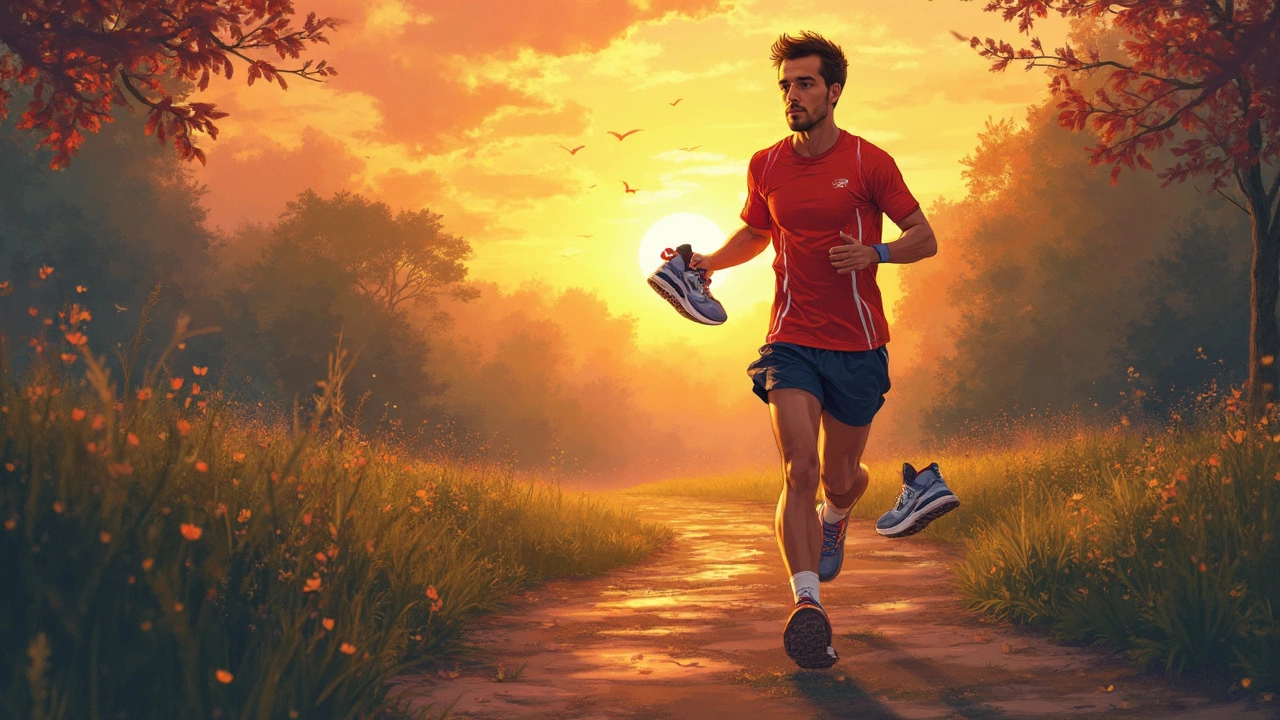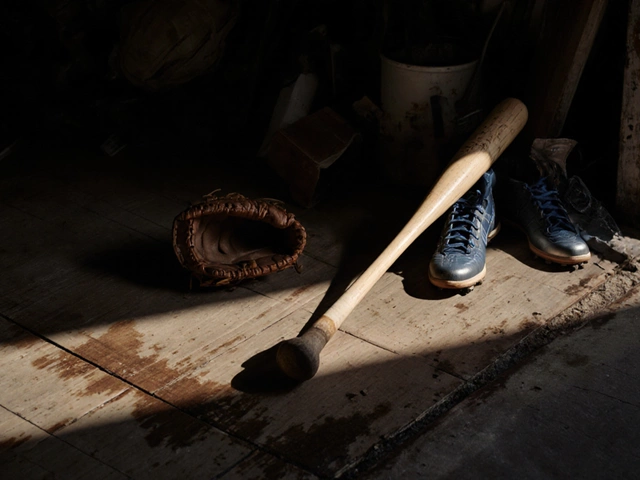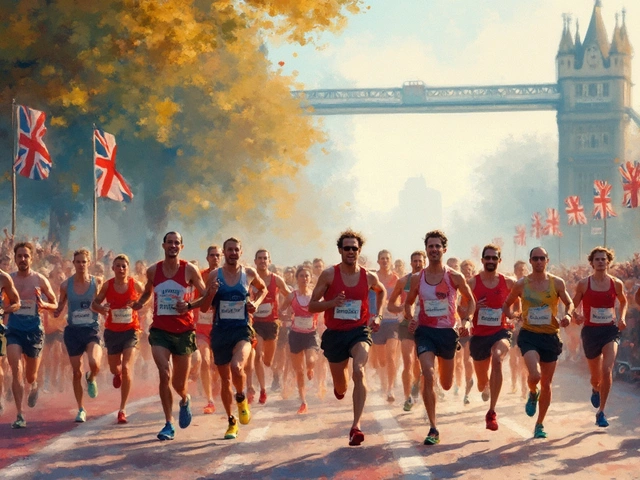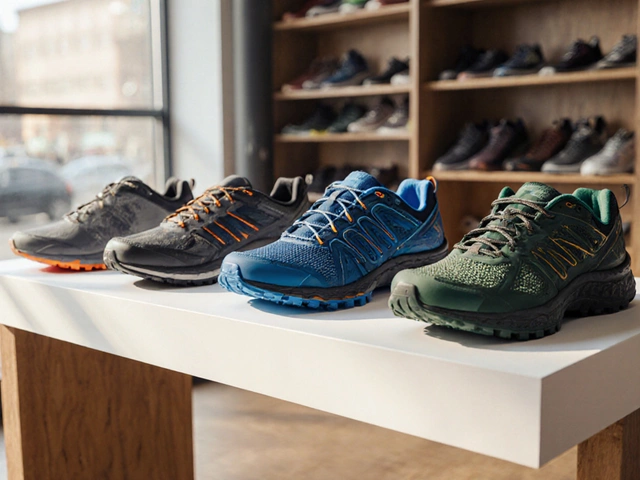Finding the right fit for your running shoes is more than just a comfort issue—it's a game-changer for your running experience. Too tight, and you might end up with blisters or toenail issues. Too loose, and you risk instability or chafing. So, how do you tell which is right for you?
For starters, think about how your feet feel at different times of the day. They tend to swell a bit after a long day or an intense workout, so trying on shoes when your feet are at their largest can be a smart move. Consider the material of the shoe, too. Some materials stretch more than others, affecting fit over time.
Your running style and terrain also matter. If you're sprinting on tracks, a more snug fit might give that locked-in feel you need. But if you're going for long, leisurely runs, some wiggle room could be a blessing. Either way, your shoes should provide a balance of comfort and support to suit your unique running needs.
- The Importance of Fit
- Effects of Tight Shoes
- Advantages of Loose Shoes
- Tips for Finding the Right Fit
- Listening to Your Feet
The Importance of Fit
Getting the right fit for your running shoes isn't just about avoiding blisters—you want to boost your performance while keeping injuries at bay. Research suggests that the wrong shoe fit can lead to issues like plantar fasciitis, knee pain, and even back problems. So, what's the perfect fit?
Carrie Lies of The Running Lab states, "Your running shoes should feel like a natural extension of your feet. They should provide enough room for toe splay while offering snug support around the midfoot."
Feet tend to swell during runs, especially long-distance ones, so it's key to have a shoe that accommodates this. If your shoes are too tight, your feet could cramp or feel uncomfortable. On the flip side, shoes that are too loose might lead to instability, which isn't what you want when each step matters.
Why Fit Matters
Your shoe fit affects your stride and gait. A well-fitting shoe helps ensure that your foot strikes correctly with the ground, improving your biomechanics and making you less prone to injury. Plus, a good fit just feels better, making those miles seem a bit less demanding.
| Impact of Incorrect Shoe Fit | Potential Issues |
|---|---|
| Too Tight | Blisters, toenail damage |
| Too Loose | Ankle sprains, instability |
When shopping for that perfect pair, always try shoes on at the end of the day when your feet are at their largest. Don't rely solely on your usual size either, as different brands and styles fit so differently.
Investing time in finding your ideal running shoes can make all the difference. Consider your foot shape, arch, and running style, and don't hesitate to try a variety of shoes. Your feet deserve it, and so does your run.
Effects of Tight Shoes
So, you've got your running shoes, and they feel a little snug. Well, a tight fit might seem like a good idea to keep everything in place, but it can have some not-so-great side effects, especially if you're hitting the pavement often.
The Painful Truth
Let's get real—wearing shoes that are too tight is asking for trouble. First off, you can expect blisters. When shoes rub constantly against your skin, friction causes blisters. Not fun, right? Shoe fit is crucial here.
- Blisters on heels and toes
- Corns and calluses as your skin toughens up to fight irritation
- Black toenails due to constant pressure on your nails
Impact on Foot Health
Your feet are doing all the hard work, so an ill fit can lead to issues like hammertoes or bunions. Imagine your toes crammed over time, changing their natural alignment. Studies have shown that tight shoes can exaggerate these deformities, which doesn't only hurt but might need medical intervention in the long run.
The Support Dilemma
You might think a tighter shoe gives better support, but that's not always true. Too much restriction can limit natural foot movement, which is key for running efficiency. Without room to move naturally, you could end up with restricted blood flow, leading to numbness or worse, lasting foot injury. Tight shoes aren't just about minor discomfort—they can upset the entire biomechanical balance.
Real Stats to Know
Did you know that around 30% of runners experience discomfort from poorly fitted shoes? That's a pretty high figure when you think about it. These troubles aren't just minor annoyances but can add up to significant open-door invitations for injury.
So, while those snug shoes might look awesome, nasty side effects can really outweigh the perks. Make sure you know how tight is too tight when it comes to your next pair of running shoes.
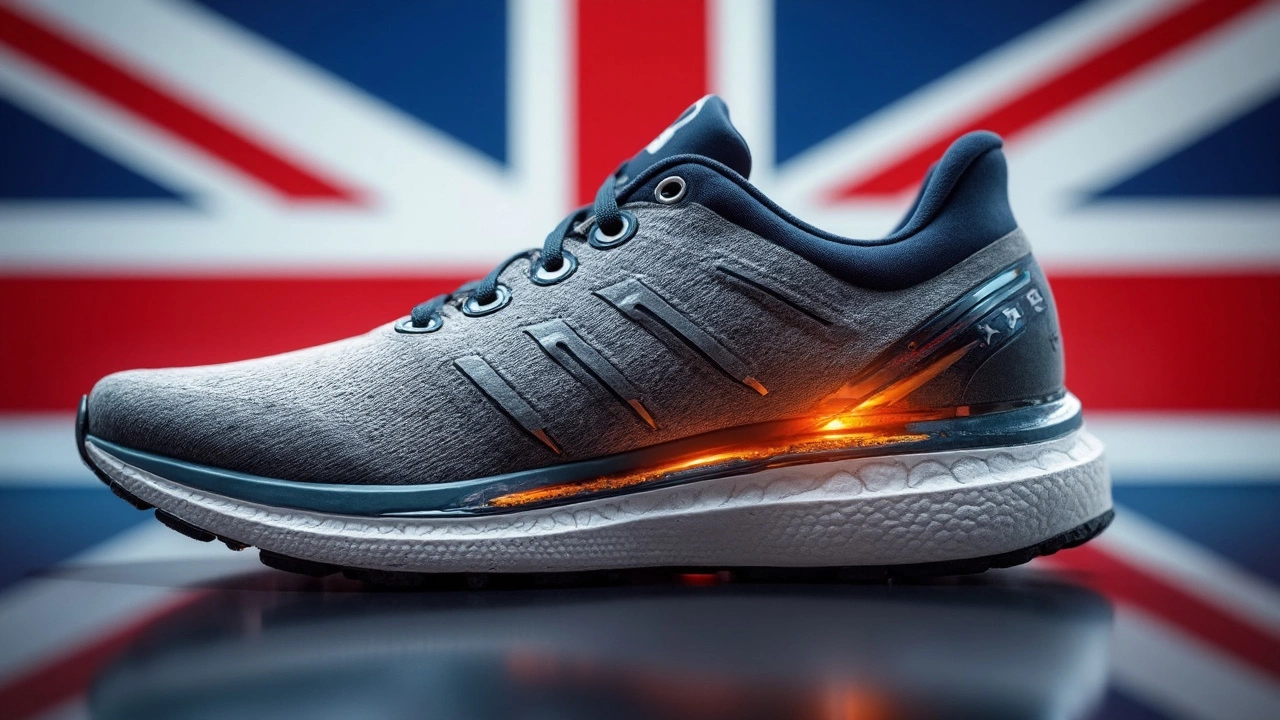
Advantages of Loose Shoes
Sometimes, loose shoes might just be your foot's best friend, especially on those long-distance runs. Let me break down the upsides.
Comfort for Expanding Feet
Your feet tend to swell during those extended runs or even when you're standing for long periods. A slightly loose fit gives your feet the space they need to breathe, preventing that dreaded tight, cramped feeling.
Reduced Blister Risks
Ever been on a run and felt your shoes rubbing a bit too much against your skin? That can lead to blisters, the arch-nemesis of runners. A looser fit can help reduce friction, which means fewer blister worries.
Breathability and Air Circulation
Loose shoes can offer better air circulation. This helps keep your feet dry and cool, particularly useful in warmer weather or during intense training sessions.
Adaptability to Various Terrains
If you're someone who loves mixing it up with your runs—say trails one day and roads the next—a looser fit can be more forgiving across different surfaces. The extra room might help adapt to rolling terrains or uneven paths, providing a bit of give that keeps your strides smooth.
So if your feet often feel constricted or overstuffed, giving a looser fit a try could be a game-changer. Just make sure they're not too loose, or you might end up stumbling more than you'd like!
Tips for Finding the Right Fit
When it comes to picking the perfect running shoes, size and comfort can make or break your stride. Sure, people throw around terms like 'snug' and 'cozy,' but what does that really mean?
1. Measure Your Feet Regularly
Your feet change over time, and it's crucial to keep track of your size. Get them measured professionally at least once a year. Remember, feet swell after long hours, so try shopping later in the day.
2. Pay Attention to Width and Length
A shoe's length gets all the attention, but don't forget width. You should have a thumb's width of space between your toe and the end of the shoe. Ensure there's no pinching across the widest part of your foot, as this can spell discomfort down the track.
3. Mimic Your Running Conditions
When trying shoes, mimic your typical running conditions. If you're treadmill shopping but hit trails on weekends, you might not get the true feel of your shoes. A quick jog around the store might do wonders for your decision-making.
"Remember, a good shoe should disappear on the run. You shouldn't notice them at all," says Dr. Anisha Patel-Dunn, a podiatrist and avid marathoner.
4. Consider the Sock Factor
If you like bulkier socks, make sure you bring them along for your shopping trip. Even a slim fit sock can change the dynamics of your shoe, shifting from snug to squeezed.
5. Check Return Policies
You may need some miles to decide if your new shoes are the right fit. Many stores allow you to return lightly worn shoes. Don't be afraid to take advantage of this until you find the best match.
| Running Style | Preferred Shoe Fit |
|---|---|
| Sprinters | Tight for speed and stability |
| Long-Distance Runners | Loose for swelling and comfort |
By following these steps, you can be sure that your running shoes keep you comfortable and injury-free, mile after mile. Happy running!
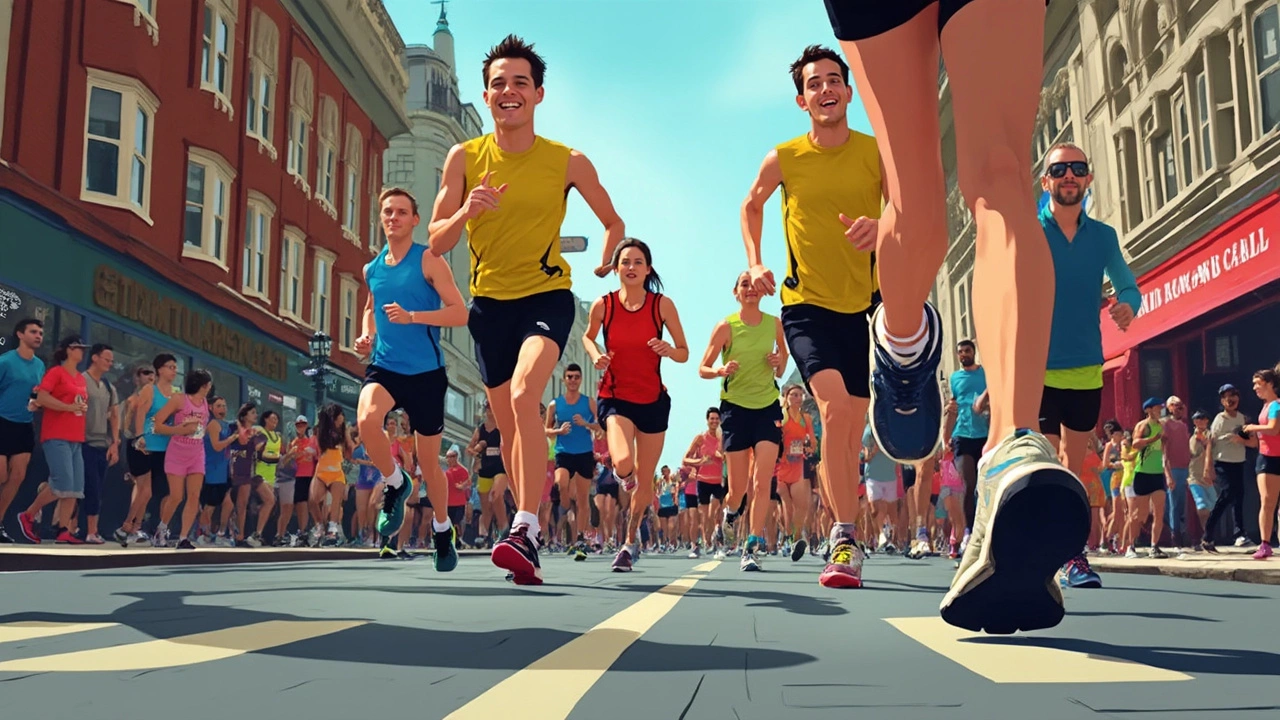
Listening to Your Feet
Your feet are constantly sending you signals about how they feel in different running shoes. Paying attention to these signals is crucial, as ignoring them can turn minor discomfort into serious injuries.
Blisters, hot spots, or even blackened toenails are common complaints that tell you something might be off with your shoe fit. If your shoes feel too tight, this can restrict blood flow and lead to these issues. On the flip side, a shoe that's too loose can cause your foot to slide, creating friction that results in blisters.
Understanding Foot Type and Needs
Everyone's feet are unique, and understanding your foot type can help in choosing the right fit. Flat feet often require a snugger fit with good arch support, whereas high arches might benefit from a shoe with more cushioning and space.
Running styles also influence what your feet need. Overpronators, who roll their feet inward as they run, may require a different fit compared to those with a neutral stride. Getting a gait analysis at a specialty store can offer insights into your specific needs.
Shoes as a Tool, Not a Solution
It's tempting to think the perfect shoe will fix all problems, but sometimes the issue lies in training or technique. If a shoe feels uncomfortable, try tweaking your running form before investing in a new pair.
- Rotate your shoes. Using different pairs for different runs can help your feet adapt and possibly improve discomfort.
- Break in new shoes gradually. Start with short runs to allow your feet to adjust to the new shoe.
- Consider orthotics if necessary. Custom inserts can provide additional support tailored to your foot's specific needs.
Remember, the ideal shoe should work with your feet, keeping them comfortable and supported throughout your runs. Emphasize listening to what your feet say, and you'll be on your way to more enjoyable runs.
